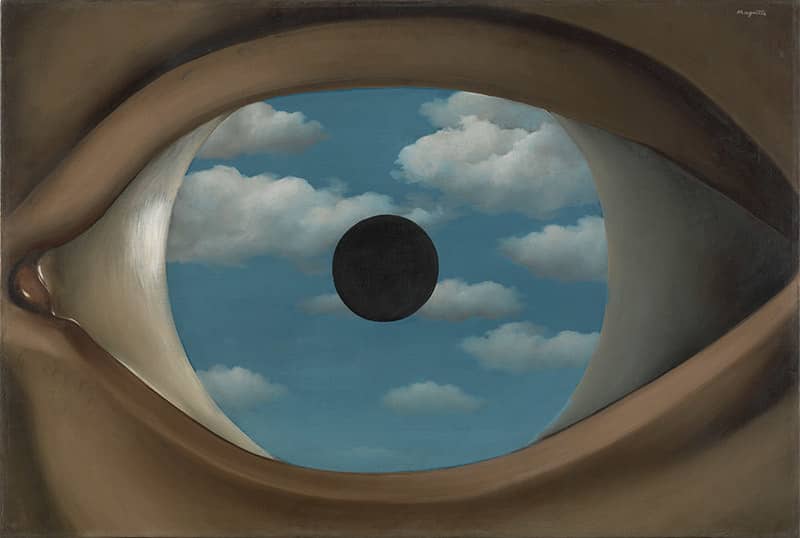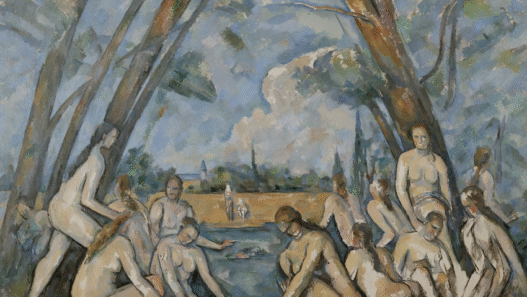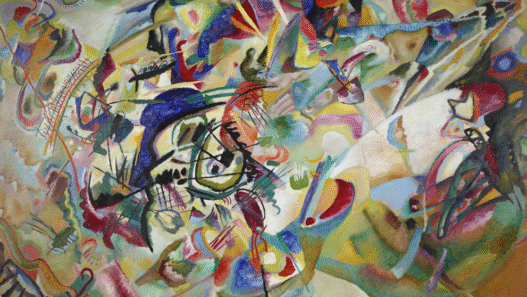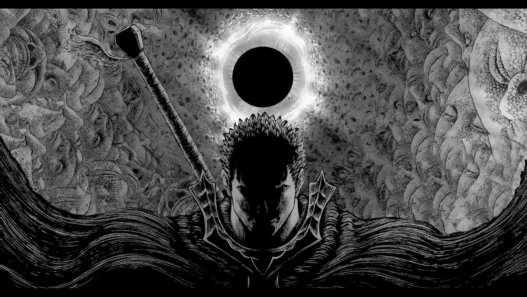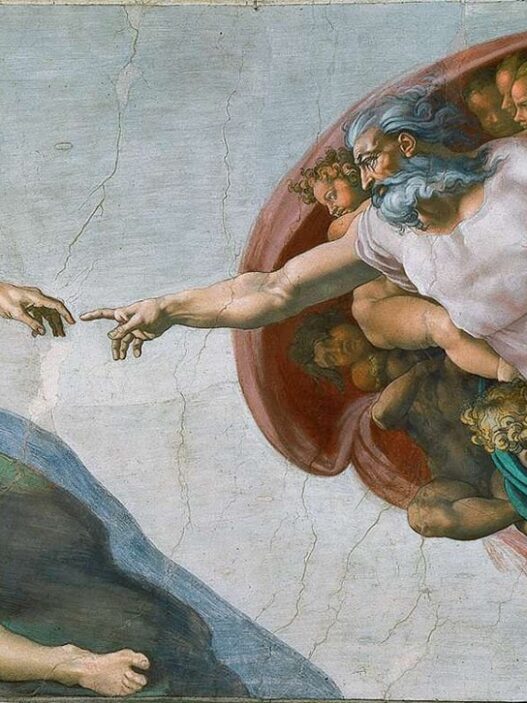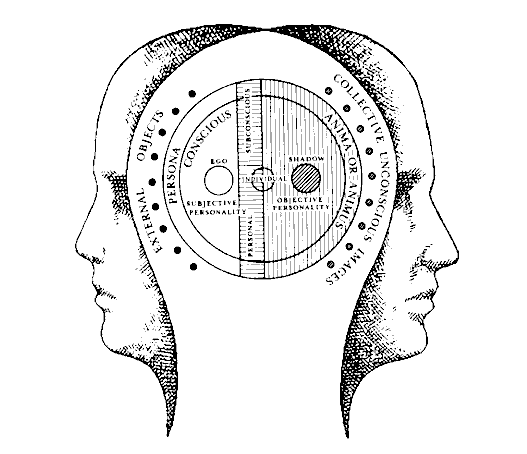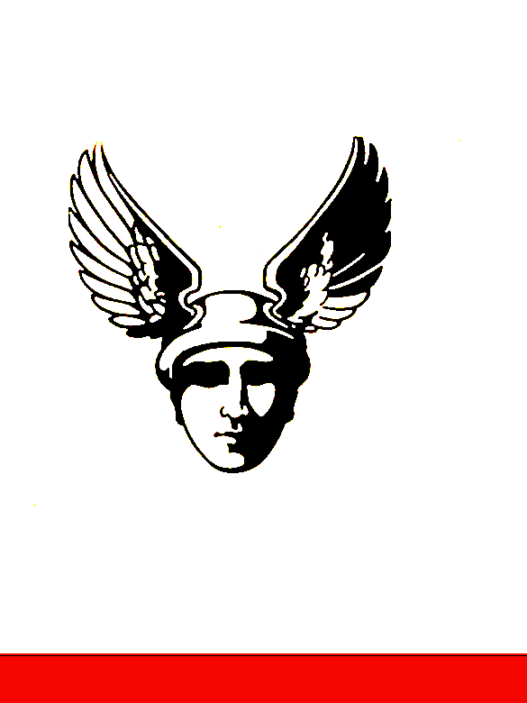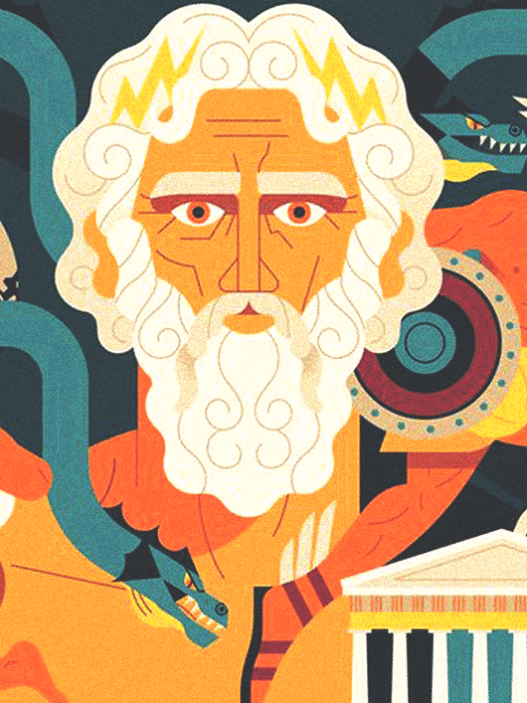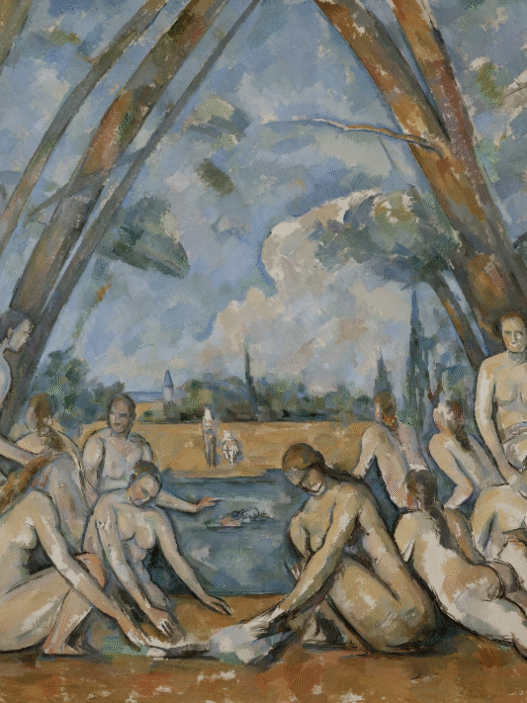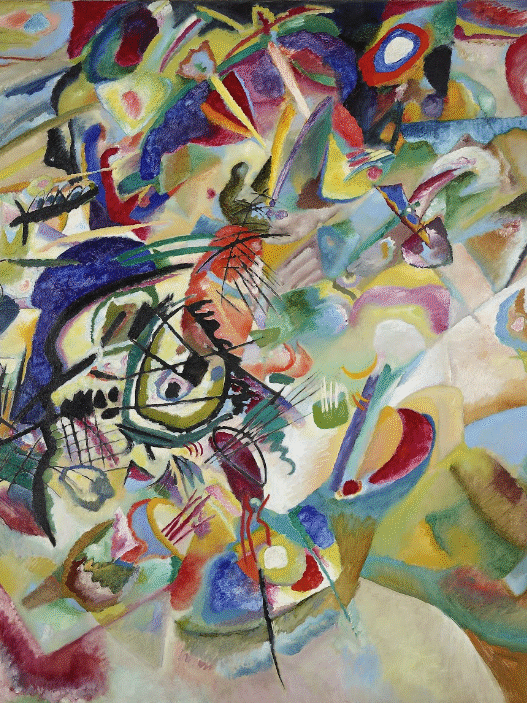If you’re drawn to hidden meanings, layered narratives, and the deeper messages behind art, literature, and culture, then exploring the best books on symbolism is a rewarding place to start. Here are my top 5 books on symbolism to add to your collection.
Signs and Symbols: An Illustrated Guide to Their Origins and Meanings
Why add this book to your collection?
Symbols have been a universal form of communication for millennia, woven into every aspect of human culture. “Signs & Symbols” serves as your essential companion to finding their hidden meanings and rich history.
Explore the symbolism of celestial bodies like the Sun and stars, symbols of ancient supernatural forces. Delve into the use of patterns, numbers, attire, and more as signals of authority, kinship, and societal status.
With over 2000 emblems decoded, this book illuminates the visual language across architecture, heraldry, religion, and rituals of death.
Another great resource for symbols and symbolism can be found here.
Discover why Christianity adopted the fish symbol and how the crane bird signifies longevity in Chinese culture. This comprehensive guide also examines the symbolic associations of gemstones, flowers, alphabets, and national flags, revealing the profound connections between these symbols and personal or cultural qualities.
Symbols are the silent language of humanity
Signs & Symbols is a treasure trove for those curious about the meanings behind the familiar and the mysterious. From ancient mythologies to modern-day logos, this book dives deep into the rich tapestry of symbols that shape our world.
Covering everything from fairy tale motifs to national emblems, body language to celestial glyphs, each page is a visual feast of stunning illustrations and insightful descriptions. Whether you’re an artist seeking inspiration or a researcher unraveling cultural mysteries, DK’s meticulous exploration offers a profound journey into the realm of symbolism.
As a coffee table gem or a scholarly resource, Signs & Symbols captivates with its comprehensive approach and exquisite presentation. A must-have for anyone enchanted by the language of symbols.”
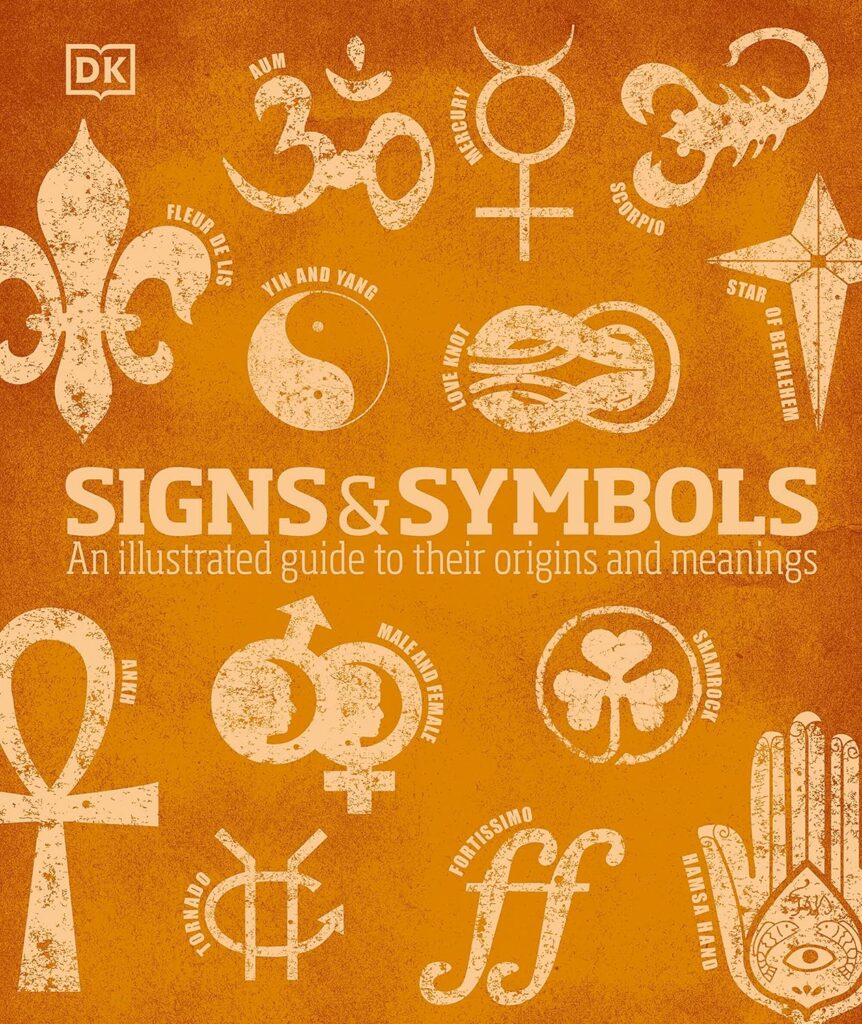
Further Reading:
The Hidden Language of Symbols
Why add this book to your collection?
Symbols have captivated us for thousands of years, continuing to hold sway in our image-saturated 21st century. From national emblems to corporate logos and emojis, our lives are filled with icons whose roots trace back to ancient times.
Renowned art historian Matthew Wilson explores the fascinating journeys of these symbols, from their original uses to their modern meanings, uncovering the common themes and ideas that connect diverse cultures.
Wilson delves into the falcon’s evolution as a symbol of authority, from ancient Egyptian pharaohs to medieval aristocracy; the dog’s role as a loyal companion from classical times to the Renaissance; and the mythical phoenix representing female power, linking a queen in England to a goddess in China.
Symbolism Reinterpretation
He also examines moments of radical reinterpretation, such as the swastika’s transformation from an auspicious symbol of hope to one of hate.
For anyone interested in understanding the symbolism in art, this book is a must-read. In just four chapters (Power, Faith, Uncertainty, and Hope) each with twelve themes, Matthew Wilson uncovers the hidden meanings in art that are often overlooked without proper context.
Inspired by Erwin Panofsky, an influential art historian, Wilson delves into the recurring themes used by artists throughout history.
One of the book’s highlights is its broad spectrum of art, spanning various periods and styles. For example, the Lotus essay features a photo of the ancient ‘Shiva as the Lord of Dance’ statue, while the Mirrors essay discusses John William Waterhouse’s 1894 painting ‘The Lady of Shalott’. Additionally, Picasso’s symbol-laden ‘Guernica’ is examined in the Raging Bulls essay.
Each of the forty-eight themes is presented as a standalone, illustrated essay. Wilson’s conversational writing style, sprinkled with delightful humor, makes the book an engaging read. For instance, the essay on elephants is whimsically titled ‘Next stop, Elephant and Castle,’ and the one on labyrinths is called ‘Lose yourself in a history of Labyrinths.’

The Book of Symbols: Reflections on Archetypal Images
Why add this book to your collection?
“The Book of Symbols” is a remarkable compilation that blends insightful essays with representative imagery from diverse cultures and historical periods. This volume features over 800 stunning full-color images paired with essays that delve into the deeper meanings and psychological backgrounds of approximately 350 symbols. Each essay explores how a particular symbol taps into psychic processes and dynamics, considering its etymology, cultural variations, and the interplay of opposites and paradoxes.
Written by experts from psychology, religion, art, literature, and comparative mythology, the essays seamlessly flow into one another, reflecting the psyche’s unexpected connections. Rather than providing rigid definitions that might diminish a symbol’s richness, the book emphasises the evolving and multifaceted nature of symbols. This approach encourages readers to engage with symbols on a personal and psychological level, appreciating their ongoing significance and unfolding meanings.
“The Book of Symbols” sets a new standard for exploring the profound depths of symbolism. It is an invaluable resource for a wide audience, including artists, designers, dream interpreters, psychotherapists, self-help enthusiasts, gamers, comic book fans, spiritual seekers, writers, students, and anyone intrigued by the power of archetypal images. The book offers a unique journey from the visual experience of symbolic imagery to a deeper understanding of its personal and psychological resonance.
If you’re fascinated by the hidden meanings behind symbols, “The Book of Symbols” is an indispensable addition to your library. Unlike typical dream dictionaries that often simplify symbols into superstitions, this book dives deep into their historical and psychological significance across cultures.
What sets “The Book of Symbols” apart is its comprehensive approach. Each symbol is explored through over 800 vivid images and insightful essays authored by experts in psychology, art, and mythology. It’s not just a reference book; it’s a journey into the depths of the human psyche.
From its meticulously designed pages with coloured scallops for easy navigation to its wealth of information on every imaginable subject, this book exceeds expectations. Whether you’re an artist seeking inspiration or a psychotherapist exploring dream symbolism, this book promises to enrich your understanding of archetypes and symbols.
For anyone curious about symbolism, dream interpretation, or Jungian psychology, “The Book of Symbols” comes highly recommended.

Symbols and Allegories in Art
Why add this book to your collection?
From ancient times, when gods and goddesses were prominently featured in art, to the twentieth century, where Surrealists tapped into unconscious archetypes, symbols have been intricately woven into artistic works. In this latest volume of the Guide to Imagery series, the goal is to equip modern readers and museum-goers with the skills to decipher these hidden meanings. The book is thoughtfully divided into four thematic sections: symbols related to time, humanity, space (earth and sky), and allegories or moral lessons.
Readers will learn that in ancient art, night, the primordial mother of the cosmos, was often depicted as a woman shrouded in a black veil. On the other hand, Renaissance art frequently represented day or noon as a robust, virile man embodying the full power of the sun’s energy. Each entry features a primary reference image, with highlighted details of the symbol or allegory under discussion. In the margins, summaries of the symbol’s key characteristics, the origin of its name, and its religious or cultural background are provided for quick reference.
For those interested in further exploration of art symbols, “The Secret Language of Symbols” by David Fontana and “Signs & Symbols: An Illustrated Guide to Their Origins and Meanings” by DK Publishing are excellent complementary reads. These books also delve into the fascinating world of symbolism, offering additional insights and broader contexts.
Overall, this book serves as a valuable resource for anyone looking to deepen their understanding of the symbolic language embedded in art throughout history.
I am thoroughly impressed by the straightforward, user-friendly approach this book takes in explaining symbolism. Each page is thoughtfully organized, making it easy to grasp the meaning behind various symbols. Additionally, the compact size of the book is a significant advantage, allowing for easy transport to galleries and museums, enhancing the learning experience on the go. It’s exactly what I needed and hoped for.
This book is perfect for students due to its clear and accessible methodology. It breaks down complex symbols into manageable explanations, making it an ideal study aid for those new to art history or symbolism. The detailed yet concise entries ensure that students can quickly reference and understand the symbols they encounter in their studies or during gallery visits.
Moreover, the book’s structure, with thematic sections on time, humanity, space, and moral lessons, aligns well with academic curriculums. It provides a comprehensive overview of symbolism across different eras and cultures, enriching the student’s knowledge and appreciation of art.
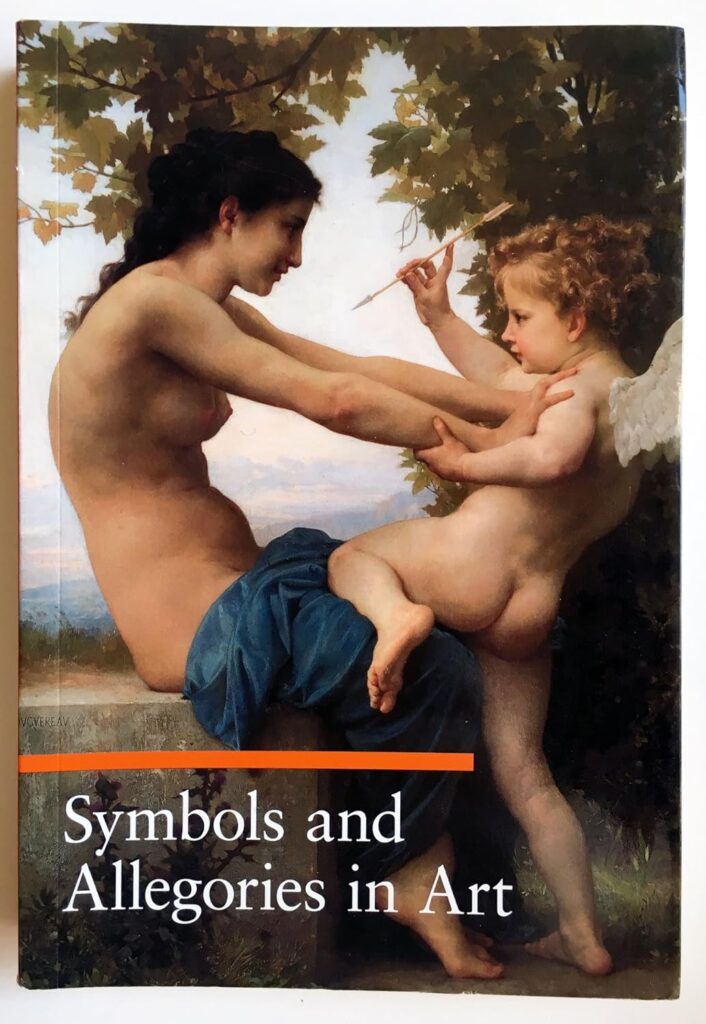
The books noted above provide a solid foundation for anyone interested in art with symbols. Finding the meaning behind your art is will provide valuable insight when deepening the connection with your viewer.
For artists intrigued by the profound and intricate world of symbolism, check out this post on the godfather of symbolism.
Further reading on symbolism and mythology:
